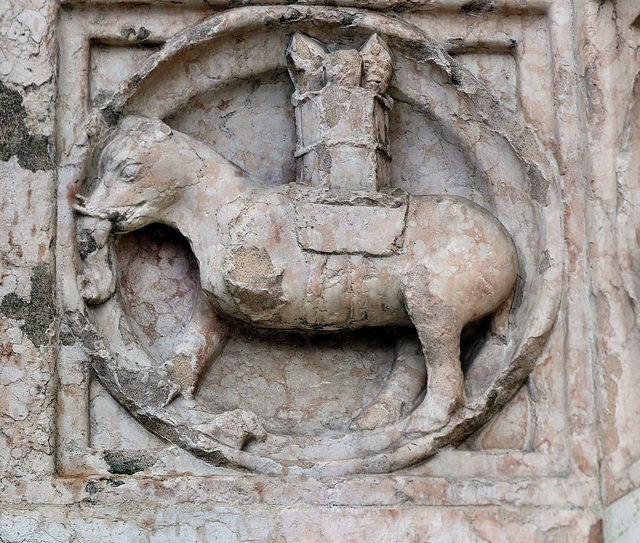Parma - Battistero di San Giovanni
Parma - Battistero di San Giovanni
Parma - Battistero di San Giovanni
Parma - Battistero di San Giovanni
Parma - Battistero di San Giovanni
Parma - Battistero di San Giovanni
Parma - Battistero di San Giovanni
Parma - Battistero di San Giovanni
Parma - Battistero di San Giovanni
Parma - Battistero di San Giovanni
Parma - Battistero di San Giovanni
Parma - Battistero di San Giovanni
Parma - Battistero di San Giovanni
Parma - Baptistery (PiP)
Parma - Battistero di San Giovanni
Parma - Battistero di San Giovanni
Parma - Battistero di San Giovanni
Parma - Battistero di San Giovanni
Parma - Battistero di San Giovanni
Location
Lat, Lng:
Lat, Lng:
You can copy the above to your favourite mapping app.
Address: unknown
Lat, Lng:
You can copy the above to your favourite mapping app.
Address: unknown
See also...
Keywords
Authorizations, license
-
Visible by: Everyone -
All rights reserved
-
384 visits
Parma - Battistero di San Giovanni


Parma, part of the Holy Roman Empire since Charlemagne´s times, was locally ruled by its bishops. During the long Investiture Controversy, Parma was (mostly) member of the Imperial party ("Ghibellini"). Two of Parma´s bishops even became antipopes: Càdalo as Honorius II and Guibert as Clement III.
An almost independent commune was created around 1140. After the Peace of Constance confirmed the Italian communes' rights of self-governance in 1183, quarrels with the neighbouring communes (eg Piacenza and Cremona) developed over the trading lines along the Po river.
When in 1248 Papist families ("Guelphs") gained control over the city, Emperor Frederick II (aka "Stupor Mundi") besieged Parma with no success.
This were the circumstances, when in 1196 the City Council of Parma commissioned the building of the Battistero di San Giovanni to Benedetto Antelami. In 1216 the second tier was completed. The work stopped under a temporary roof. It continued in 1249 and the octagon, located next to the cathedral, was finally completed in 1270.
A frieze, depicting animals and mythological creatures, runs around the eights sides of the Battistero di San Giovanni. The elephant, seen here, is probably the "Cremona elephant", owned by Frederick II. This elephant marched through Cremona (1237/1241), only about 50kms northwest.
An almost independent commune was created around 1140. After the Peace of Constance confirmed the Italian communes' rights of self-governance in 1183, quarrels with the neighbouring communes (eg Piacenza and Cremona) developed over the trading lines along the Po river.
When in 1248 Papist families ("Guelphs") gained control over the city, Emperor Frederick II (aka "Stupor Mundi") besieged Parma with no success.
This were the circumstances, when in 1196 the City Council of Parma commissioned the building of the Battistero di San Giovanni to Benedetto Antelami. In 1216 the second tier was completed. The work stopped under a temporary roof. It continued in 1249 and the octagon, located next to the cathedral, was finally completed in 1270.
A frieze, depicting animals and mythological creatures, runs around the eights sides of the Battistero di San Giovanni. The elephant, seen here, is probably the "Cremona elephant", owned by Frederick II. This elephant marched through Cremona (1237/1241), only about 50kms northwest.
(deleted account) has particularly liked this photo
- Keyboard shortcuts:
Jump to top
RSS feed- Latest comments - Subscribe to the comment feeds of this photo
- ipernity © 2007-2024
- Help & Contact
|
Club news
|
About ipernity
|
History |
ipernity Club & Prices |
Guide of good conduct
Donate | Group guidelines | Privacy policy | Terms of use | Statutes | In memoria -
Facebook
Twitter

Wiki has a drawing from Cremona:
en.wikipedia.org/wiki/Cremona_elephant
Sign-in to write a comment.